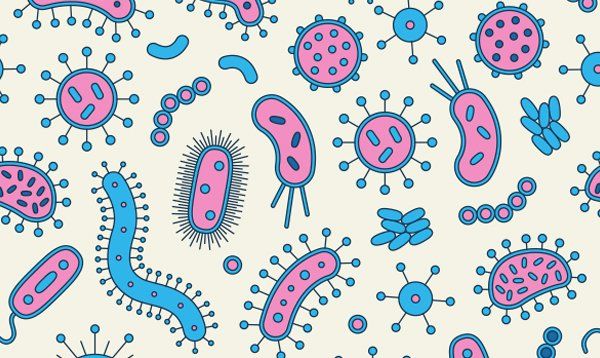How To Pick The Proper Disinfectant For Various Pathogens


Various Disinfectants Are Needed to Fight Off Certain Pathogens
Disinfectants are chemical solutions utilized to eliminate pathogens such as mildew, fungi, mold, bacteria, or viruses on non-living surfaces. The active ingredient inside disinfectants is designed to destroy pathogens by damaging their cells.
Various disinfectants are utilized in medical facility cleaning to break the chain of infection. While the below isn’t a comprehensive list, the following kinds of disinfectants have the ability to destroy certain pathogens discovered inside a healthcare facility.
Quaternary Ammonium Compounds
Additionally called quats, quaternary ammonium compounds include a typical option for disinfecting healthcare facilities due to their economical cost and quick action against a broad array of pathogens. Most kinds of quats are made to both disinfect and clean. Instances of low-level pathogens which quats might destroy include:
- Specific types of fungi like athlete’s foot
- Vegetative bacteria such as VRE and MRSA
- Lipid or medium viruses like HIV
Alcohols
Alcohols might be effective against an array of pathogens while diluted in water. But, greater concentrations of alcohols might be required to disinfect wet surfaces. Alcohol and quat blends typically are utilized to fight off intermediate-level infections like:
- Mycobacteria pathogens such as tuberculosis
- Small or nonlipid viruses such as norovirus
Hydrogen Peroxide and Bleach
Oftentimes blended with bleach to accomplish complete surface disinfection, hydrogen peroxide is an extremely strong oxidizer that often is used in disinfection of medical facilities. The mixture of hydrogen peroxide and bleach is oftentimes used to fight off intermediate-level infections such as tuberculosis.
Peracetic Acid and Hydrogen Peroxide
Peracetic acid is generated by a reaction which happens as hydrogen peroxide and acetic acid are combined. This blend typically is utilized for high-level disinfection cleaning to destroy pathogens such as:
- Bacterial spores such as Clostridium difficile
It is important to discover the proper disinfectants to fight off specific risks. Use the sterilization and disinfection guidelines from the CDC to decide which are better for certain uses.






